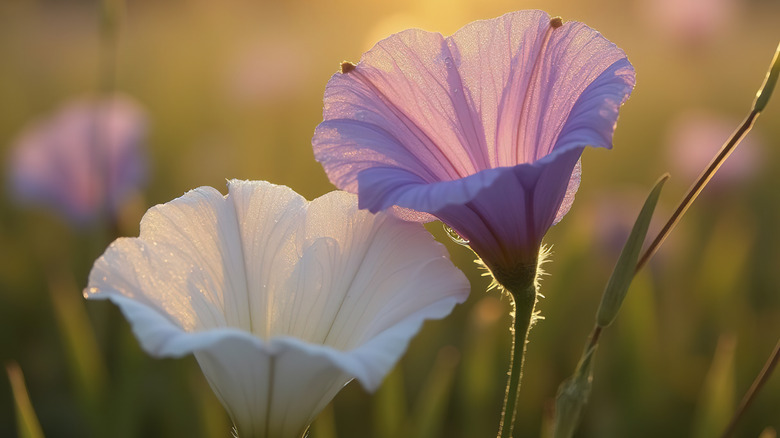Parts Of Flowers & What They Do
Flowers are the distinguishing characteristic of flowering plants, or angiosperms, that make up a majority of the plant kingdom. They are the reproductive organs of a plant that gradually develop into fruits. A flower may be one of two types — perfect flowers and imperfect flowers. Perfect flowers are hermaphrodites; that is, they have both male and female reproductive parts.
On the other hand, imperfect flowers are unisexual; that is, they have either male or female reproductive parts. Plants that bear both male and female flowers are called monoecious plants, while those that bear only male or female flowers are called dioecious plants.
Flowers have specifically evolved to have a bright and colorful appearance (for the most part) so that they can lure pollinators such as birds, butterflies, bees, and wasps.
Parts of a flower
Although flowers differ in shapes and sizes, the anatomy of a flower is usually the same: sepals, petals, stamen, and carpel. These parts are arranged in a circular fashion to form a whorl, a circular arrangement.
A flower that has all four parts is called a complete flower, and one that lacks one or more of the four parts is called an incomplete flower.
Sepals
Flower buds are often covered by green, leaf-like structures called sepals that protect them in the bud stage. All sepals of a flower form the outer whorl called the calyx. Though usually green, sepals may differ in color depending on the plant.
Flowers of plants such as anemones do not have sepals while in some flowers, they are modified into bracts, small leaf-like structures present around a flower. In some plants, the bracts may be larger and more brightly colored than petals. Flowers that do not have petals usually tend to have modified sepals that are bigger and brightly colored to attract pollinators.
Petals
Usually, petals are the most prominent part of a flower structure, owing to their vivid color (in most flower examples) and sometimes scent. Their main function is to attract pollinators and also protect the inner reproductive structures of a flower.
In some flowers, petals are absent or reduced. The whorl of petals is called a corolla. The calyx and corolla collectively form the perianth.
Stamens
A stamen is the male part of a flower, and together, all stamens form the inner third whorl of a flower structure called the androecium. Each stamen comprises a long tubular filament with a sac called the anther at the top. Pollen grains contain male reproductive cells or male gametes and are produced in anthers; each anther contains many pollen grains.
A single pollen grain contains a vegetative cell and a generative cell. The vegetative cell forms the pollen tube, and the generative cell fertilizes the female reproductive cell. When a pollinator touches the anther, pollen from the anther sticks to the pollinator and gets transported to the other flowers that the pollinator visits.
Carpels
Carpels are the female part of a flower that form the innermost whorl of a flower structure called the gynoecium. Each carpel has a swollen sac-like base called the ovary, which contains female reproductive cells called ovules.
The ovary extends upward in a long slender tube called the style and terminates into a flat sticky surface called the stigma. The sticky surface of the stigma helps to capture pollen grains.
When a pollen grain falls on the stigma, the pollen germinates to produce a long tube called pollen tube through the style. The pollen tube eventually reaches the ovules and fertilizes them. Each fertilized ovule develops into a seed and the ovary develops into a fleshy outer covering that gradually becomes the fruit.
